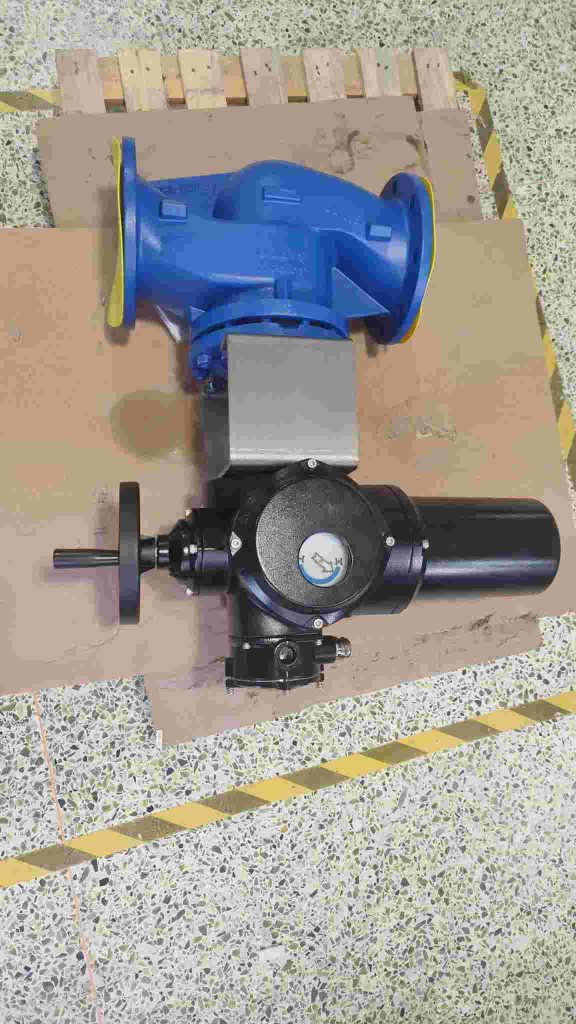The Stainless Steel Electric Bellows Stop Valve is a highly effective and reliable solution used across a wide range of industries to manage and regulate the flow of fluids, gases, and steam. As the name suggests, this valve combines several advanced features—stainless steel construction, an electric actuator, and bellows technology—to offer durability, precise control, and enhanced sealing capabilities. In this article, we will delve into the key components, features, and applications of the Stainless Steel Electric Bellows Stop Valve, highlighting its importance in industrial flow control systems.

Key Components and Features

Stainless Steel Construction One of the most distinguishing characteristics of this valve is its construction from stainless steel. Stainless steel is well-known for its resistance to corrosion, high tensile strength, and ability to withstand high temperatures. These properties make it ideal for environments where the valve may come into contact with harsh chemicals, high-pressure fluids, or extreme temperatures. By using stainless steel, the valve not only ensures longevity but also minimizes the risk of failure due to material degradation over time. Electric Actuator The integration of an electric actuator into the Stainless Steel Electric Bellows Stop Valve brings significant advantages in terms of automation and precision. Unlike manual valves, which require operators to open or close the valve using a handle or wheel, electric actuators provide automated control. This is particularly beneficial in systems where remote monitoring and operation are needed. The electric actuator can be easily integrated with control systems, allowing for real-time adjustments to flow rates, minimizing human error, and improving efficiency. Electric actuators are also capable of providing fast and accurate opening and closing cycles, which are crucial in applications where precise flow control is necessary.
